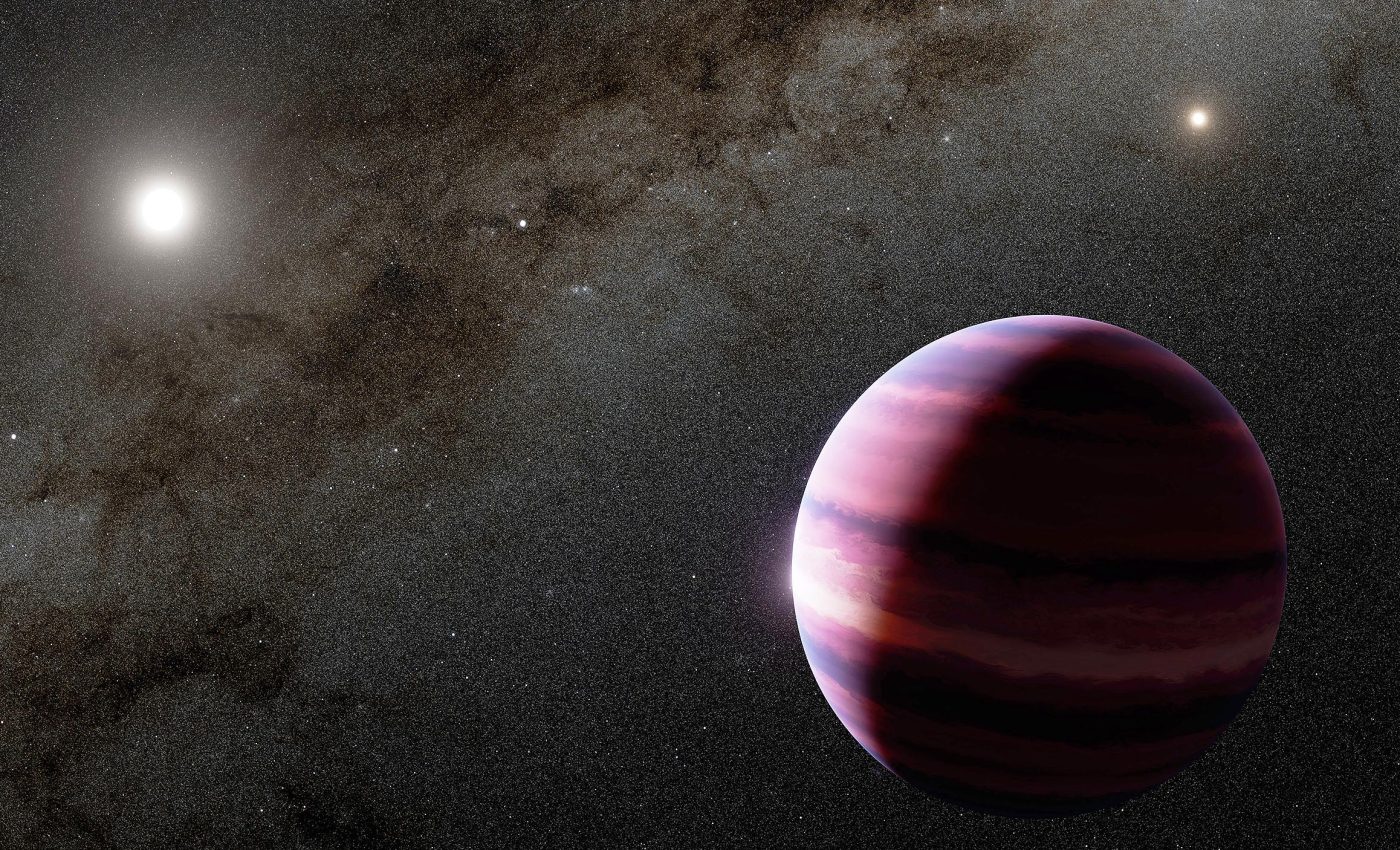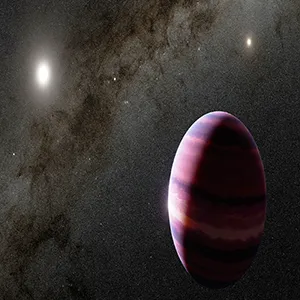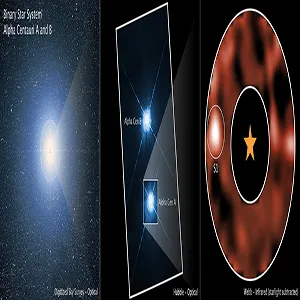
Planet discovered orbiting the Alpha Centauri System, the closest star system to Earth
Astronomers using NASA’s James Webb Space Telescope may have spotted a gas giant planet orbiting one of the stars in the Alpha Centauri system – the closest stellar neighborhood to our Sun.
This system sits just four light-years away, making it a prime location for searching for planets beyond our solar system.
Alpha Centauri is a trio of stars in the far southern sky. It includes two Sun-like stars, Alpha Centauri A and Alpha Centauri B, along with a faint red dwarf, Proxima Centauri.
Alpha Centauri A is the third-brightest star in the night sky. While three planets have already been confirmed to orbit Proxima Centauri, proving the existence of planets around Alpha Centauri A or B has been far more challenging.
Now, scientists say Webb’s Mid-Infrared Instrument (MIRI) has provided the strongest evidence yet for a gas giant orbiting Alpha Centauri A.
Planet’s location raises intrigue
If the planet is real, it would be the closest planet to Earth orbiting within the habitable zone of a Sun-like star. But because it’s likely a gas giant, it’s not expected to support life.
With this system so close to us, any exoplanets found would offer the best opportunity to collect data on planetary systems beyond our own.
Charles Beichman is with NASA’s Jet Propulsion Laboratory and the NASA Exoplanet Science Institute at Caltech’s IPAC astronomy center. He is also the co-first author on the new papers.
“These are incredibly challenging observations to make, even with the world’s most powerful space telescope, because these stars are so bright, close, and move across the sky quickly,” said Beichman. “Webb was designed and optimized to find the most distant galaxies in the universe.”
“The operations team at the Space Telescope Science Institute had to come up with a custom observing sequence just for this target, and their extra effort paid off spectacularly.”
Planet hunt through blocked starlight
The first observations happened in August 2024. Scientists used MIRI’s coronagraphic mask to block Alpha Centauri A’s light, which helped reveal objects nearby.
Light from Alpha Centauri B complicated the observations, but the team managed to subtract the light from both stars.
The researchers detected an object more than 10,000 times fainter than Alpha Centauri A, located about twice the Earth–Sun distance (about 186 million miles, or 300 million kilometers) from the star.
That initial glimpse wasn’t enough to claim a discovery. The team needed follow-up data. Webb looked again in February 2025 and April 2025, but the object wasn’t there.

The “disappearing planet” mystery
“We are faced with the case of a disappearing planet,” said Ph.D. student Aniket Sanghi of Caltech in Pasadena, California. “To investigate this mystery, we used computer models to simulate millions of potential orbits, incorporating the knowledge gained when we saw the planet, as well as when we did not.”
The models included a 2019 observation from the European Southern Observatory’s Very Large Telescope, the new Webb data, and the gravitational influence of Alpha Centauri B.
The simulations showed that in half of the possible orbits, the planet would have moved too close to its star to be visible during the later Webb observations.
Saturn’s cosmic cousin next door
Based on the brightness in the mid-infrared data and the orbit simulations, the candidate could be a gas giant about the mass of Saturn.
It may travel in an elliptical orbit between one and two times the distance between Earth and the Sun.
“If confirmed, the potential planet seen in the Webb image of Alpha Centauri A would mark a new milestone for exoplanet imaging,” said Sanghi. “Of all the directly imaged planets, this would be the closest to its star seen so far.”
It is the most similar in temperature and age to the giant planets in our solar system and is also the closest to Earth. Its presence in a tight binary system challenges our understanding of how planets form, survive, and evolve in chaos.

Benchmark in exoplanet science
If confirmed, this planet could become one of the most important targets for studying worlds beyond our solar system.
“This would become a touchstone object for exoplanet science, with multiple opportunities for detailed characterization by Webb and other observatories,” said Beichman.
One of those future observatories is NASA’s Nancy Grace Roman Space Telescope, set to launch by May 2027, possibly earlier.
Roman will carry technology specifically for observing binary star systems like Alpha Centauri. Its visible-light data could pair with Webb’s infrared images to reveal the planet’s size and reflectivity – a rare and valuable combination.
—–
Like what you read? Subscribe to our newsletter for engaging articles, exclusive content, and the latest updates.
Check us out on EarthSnap, a free app brought to you by Eric Ralls and Earth.com.
—–













